Water is the essence of all life on Earth, and for birds, it holds a significance that often surpasses even their need for food. While we might imagine bird care primarily revolves around providing seeds and insects, hydration actually forms the cornerstone of avian health and survival. Birds have uniquely adapted physiologies that make water a precious, irreplaceable resource in their daily lives. From the tiniest hummingbird to the majestic eagle, all birds share this fundamental requirement that shapes their behavior, habitat selection, and even their migration patterns. Understanding the critical relationship between birds and water not only enhances our appreciation of these remarkable creatures but also guides our conservation efforts and backyard bird-supporting practices.
The Physiological Demand for Water in Birds
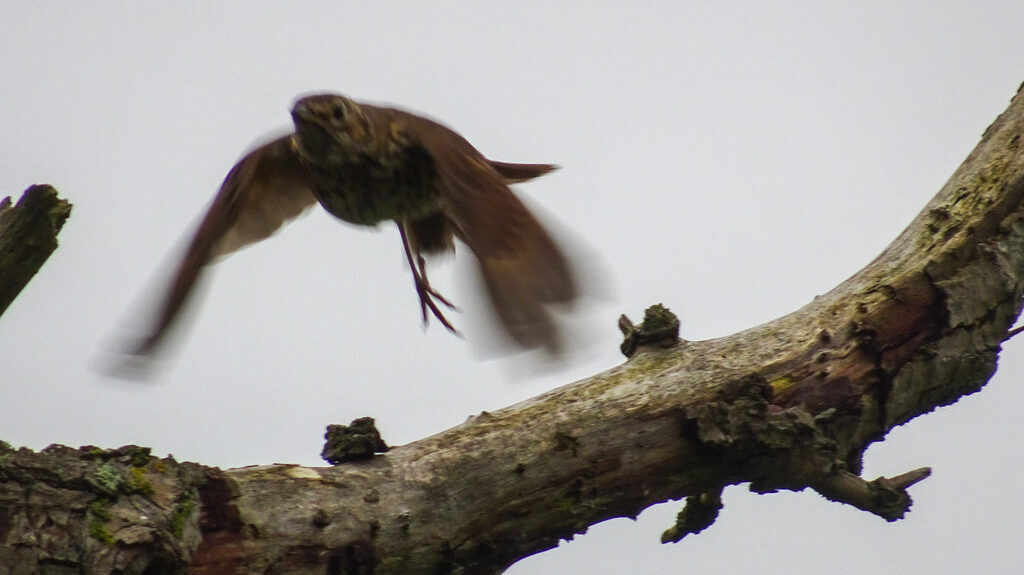
Birds have exceptionally high metabolic rates compared to mammals of similar size, which creates an intensified need for water. Their average body temperature ranges between 103-107°F (39-42°C), significantly higher than human temperature, requiring additional hydration to maintain. This elevated metabolism allows birds to generate the energy needed for flight, but it comes with the cost of greater water loss through respiration and evaporation. Furthermore, unlike mammals, birds lack sweat glands, instead releasing heat through their respiratory system in a process called gular fluttering, which expels moisture with each breath. This combination of high metabolism and respiratory water loss means that dehydration can affect birds much more rapidly than hunger, sometimes leading to critical conditions within hours rather than days.
Water’s Role in Temperature Regulation
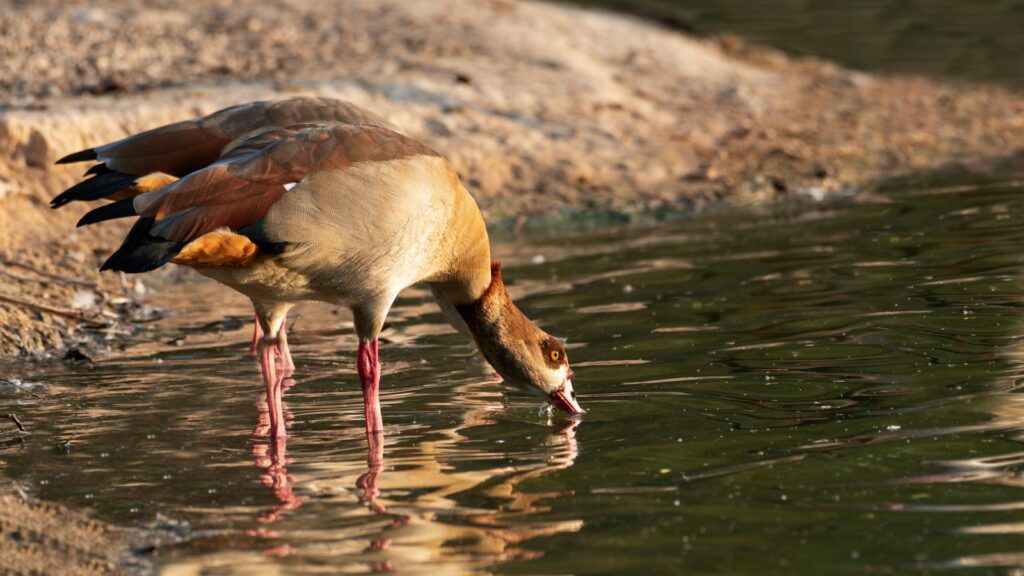
Birds rely heavily on water for thermoregulation, especially during extreme weather conditions. During hot weather, many species use water for cooling through behaviors like bathing or wetting their feathers, which creates evaporative cooling as the moisture dissipates. Some species, particularly desert dwellers like sandgrouse, have specialized feathers that can absorb water like a sponge, allowing them to transport water back to their chicks. In winter, water helps birds maintain their critical internal temperature by supporting their higher metabolic demands. Without adequate hydration, birds cannot properly regulate their body temperature, which can quickly become life-threatening regardless of food availability. This temperature regulation dependency on water explains why bird activity at water sources often peaks during the hottest parts of summer days and the coldest winter mornings.
Digestion and Food Processing Requirements
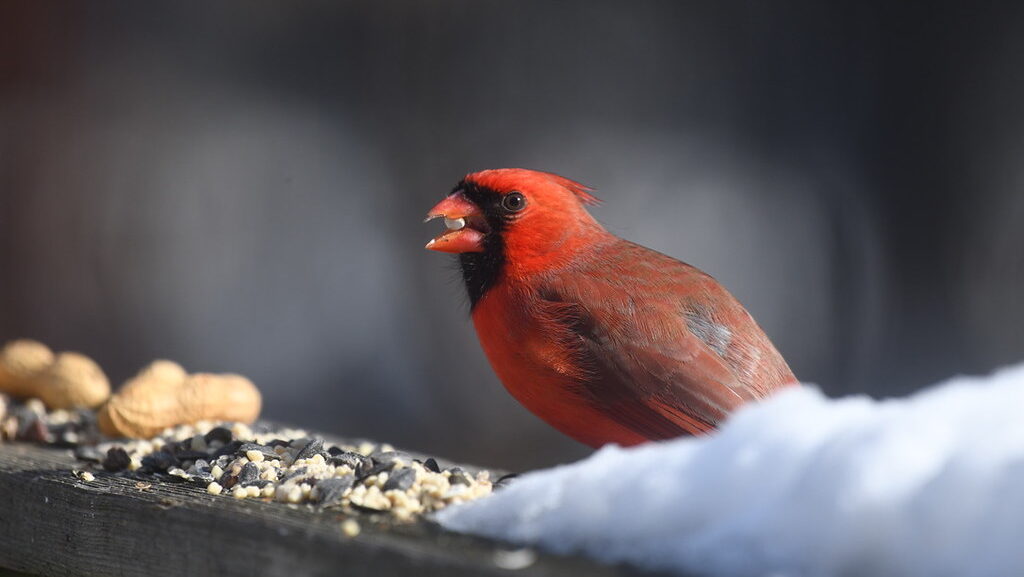
Water plays an essential role in birds’ digestive systems that food alone cannot fulfill. Many species, especially seed-eaters, require water to soften their food for proper digestion in their crop and gizzard. Without sufficient water, dry foods can become impacted in the digestive tract, leading to serious health complications. Birds also need water to produce the saliva necessary for initial food breakdown, particularly important for species that consume dry seeds or insects. Additionally, water serves as a crucial transport medium for nutrients absorbed from food into the bloodstream. This means that even with abundant food sources, birds without water access cannot effectively extract the nutritional benefits, essentially rendering their food useless and potentially causing digestive blockages that can be fatal.
The Unique Water Conservation Adaptations
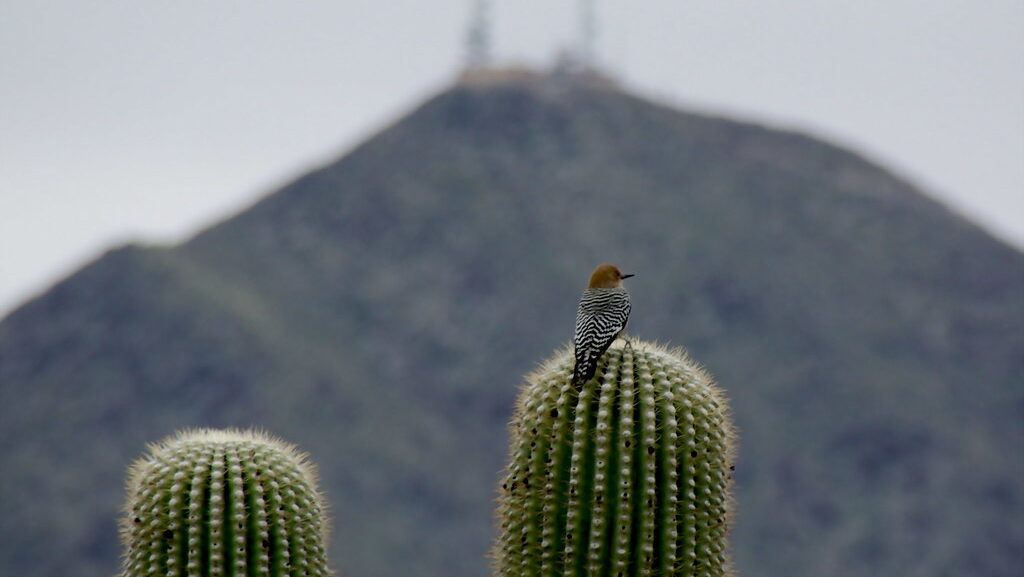
Birds have evolved remarkable adaptations to conserve water, highlighting its precious nature in avian physiology. Unlike mammals, birds produce a semi-solid urine combined with feces as a white paste (uric acid), which allows them to conserve significant water compared to liquid urine production. Desert-dwelling species often have specialized nasal passages that recapture moisture from exhaled air before it leaves their bodies. Some birds, like the Gila woodpecker, can extract moisture from their food, reducing their need to drink free-standing water. Marine birds possess special salt glands that enable them to drink seawater by filtering out excess salt, a remarkable adaptation not possible with food resources. These specialized water conservation mechanisms demonstrate evolutionary pressure to preserve water above all other resources, underscoring its fundamental importance to avian survival.
Breeding and Reproductive Dependencies on Water
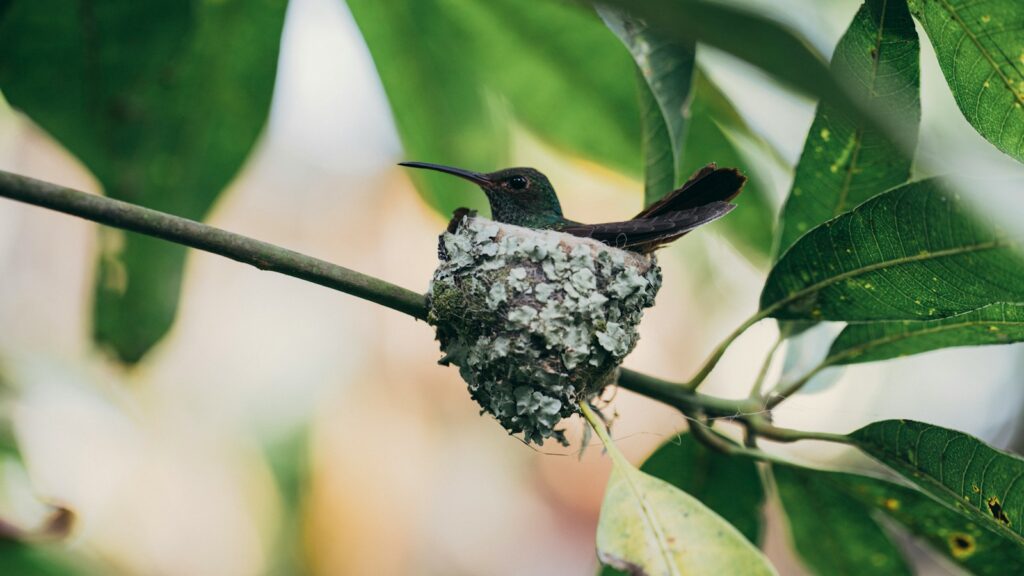
Water availability directly impacts birds’ reproductive success in ways that food alone cannot match. Many species time their breeding seasons to coincide with reliable water sources rather than just food abundance. Nesting parents require additional water during breeding to maintain their own hydration while incubating eggs in often hot, exposed locations. Once hatched, nestlings are particularly vulnerable to dehydration due to their high growth rates and undeveloped thermoregulatory systems. For many species, the production of crop milk or regurgitated food for chicks requires significant hydration from the parent birds. Research has shown that in drought conditions, even when food remains available, breeding success plummets as birds struggle to provide adequate moisture for themselves and their offspring, demonstrating water’s primacy in reproduction.
Migration Patterns Dictated by Water Sources
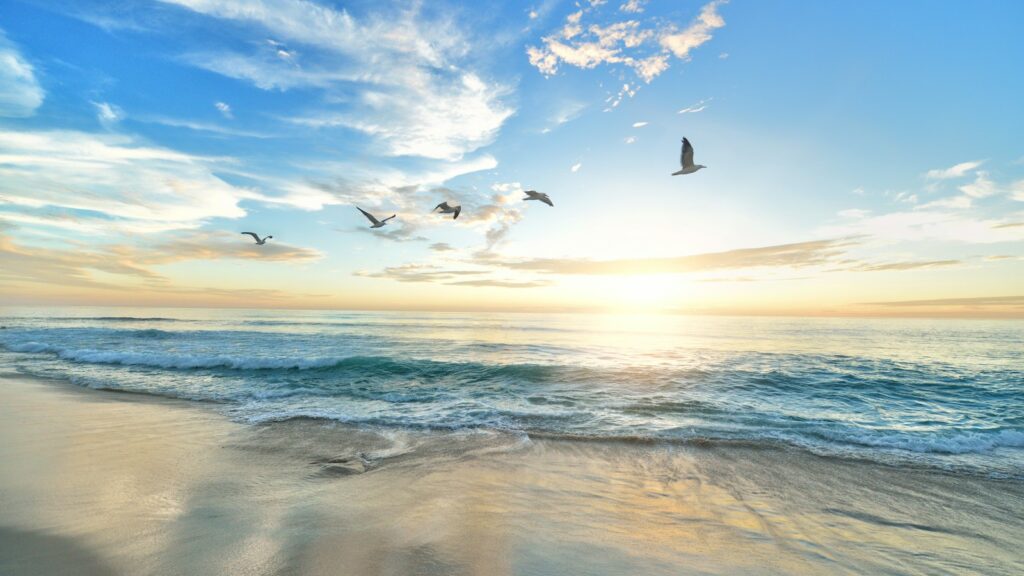
Water availability shapes bird migration strategies more fundamentally than food resources in many species. Major flyways worldwide follow river systems, lakes, and wetlands that provide critical hydration points along arduous journeys. Desert-crossing migrants like many warblers and flycatchers carefully time their movements to coincide with seasonal water availability, even if it means departing areas that still offer adequate food. Staging areas where birds gather before major migration pushes are almost invariably centered around reliable water sources like coastal estuaries, lakes, and river deltas. Climate change-induced alterations to traditional water sources have shown dramatic impacts on migration success rates, with birds sometimes unable to complete journeys when historic water stops disappear, regardless of food availability along alternative routes. This water-centric migration planning highlights the absolute priority birds place on hydration security.
Water Access and Territorial Behavior

Bird territories and social hierarchies often revolve around water access in ways that transcend food resource competition. Prime water sources become hotly contested real estate in bird communities, with dominant individuals or species controlling access during peak usage times. In arid environments, territorial boundaries frequently center around reliable water sources rather than optimal feeding grounds, with territories sometimes extending outward from water in a spoke-like pattern. Some species that normally maintain strict territorial boundaries will temporarily suspend these behaviors at communal watering holes, demonstrating water’s ability to override typical social structures. Researchers have documented complex time-sharing systems at limited water sources, where different species have established specific usage windows throughout the day, a level of resource-sharing rarely seen with food resources.
The Critical First Minutes: Water vs. Food in Rescue Situations
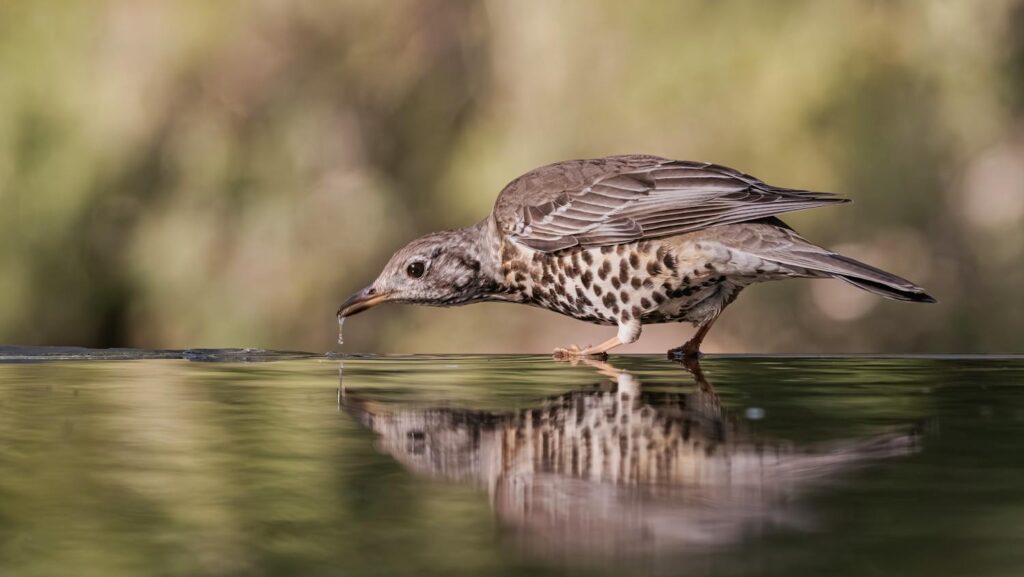
Wildlife rehabilitators prioritize hydration over feeding when treating distressed birds, recognizing water’s immediate importance to survival. When birds arrive at rehabilitation centers suffering from injury or illness, rehydration protocols are implemented before any food is offered, as dehydrated birds cannot properly digest or metabolize nutrients. In extreme cases, severely dehydrated birds receive subcutaneous fluid injections to rapidly restore hydration levels, a step never needed with food deprivation alone. Many rehabilitators follow the “rule of threes” – a bird can survive roughly three days without food but often less than three hours without water in hot conditions. This emergency care hierarchy mirrors birds’ natural physiological priorities and provides compelling evidence of water’s primacy in avian health.
Water Quality: More Selective Than Food Choices
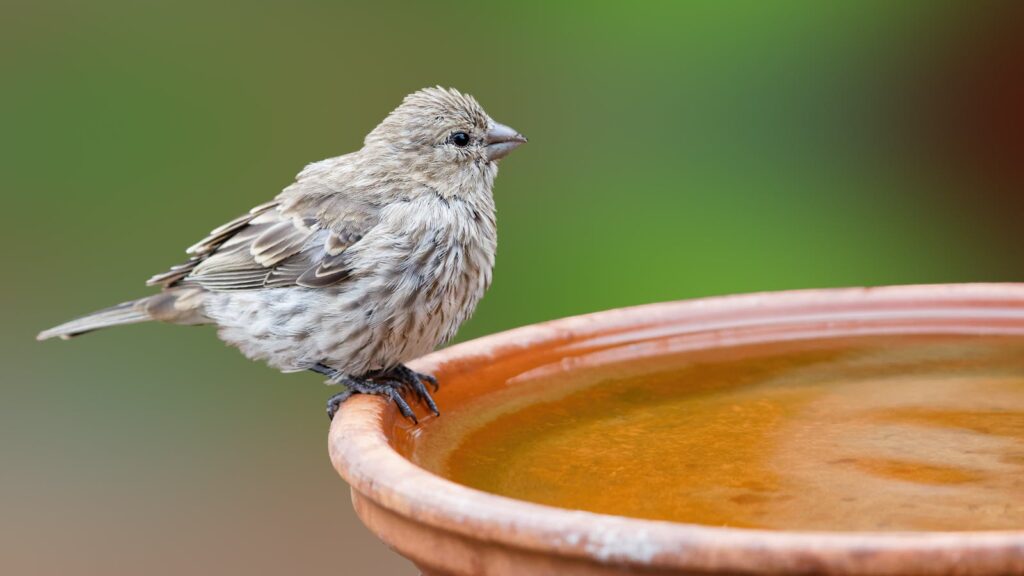
Birds demonstrate remarkable discrimination regarding water quality, often showing greater selectivity than with food sources. Studies have shown that given options, birds consistently choose cleaner water sources over contaminated ones, even when the contamination is not visible to human observers. Many species can detect dissolved minerals and chemicals in water, avoiding sources with harmful compounds even when these waters appear clean. This selectivity extends to natural contaminants as well – birds often avoid water with high algal content or bacterial growth, demonstrating an innate ability to assess water safety. Interestingly, birds will sometimes reject available water sources and fly significant distances to access preferred water quality, a behavior rarely observed with food resources of similar nutritional value, suggesting water quality assessment may be more developed than food quality assessment in many species.
The Year-Round Necessity: Seasonal Water vs. Food Requirements
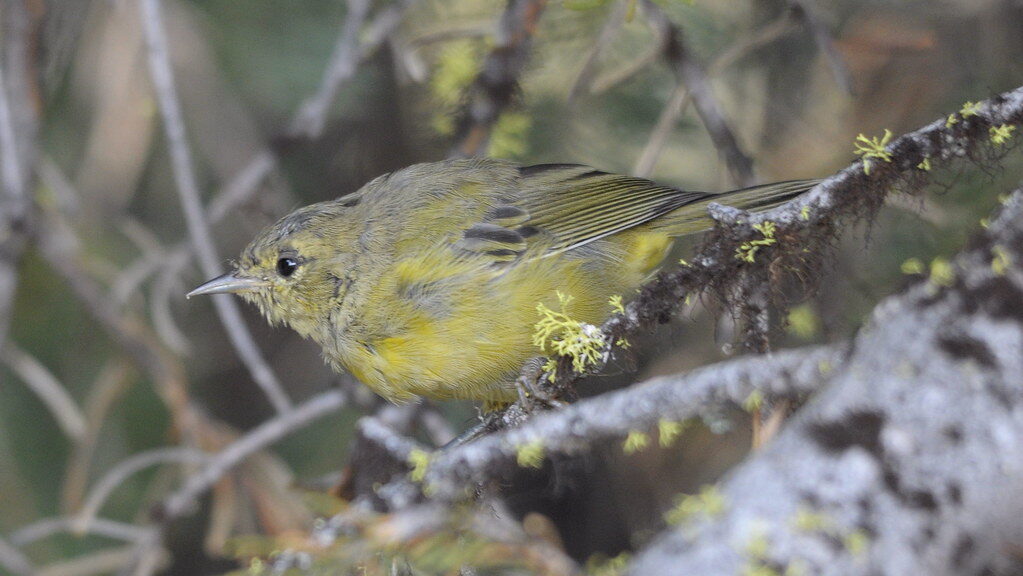
While food requirements can fluctuate seasonally for birds, their need for water remains relatively constant throughout the year. During winter, many birds can significantly reduce their food intake during periods of inactivity or by entering torpor, but water requirements remain essential for basic metabolic functions. Summer heat creates additional hydration demands through increased evaporative water loss, even as food may become more abundant. During molting periods, birds require consistent hydration to support the physiological demands of growing new feathers, regardless of seasonal food availability. Even specialized desert birds that can survive on metabolic water during certain periods ultimately require direct water access for long-term survival, particularly during breeding seasons. This year-round water dependency contrasts with the seasonal flexibility many species show regarding food sources and caloric needs.
Providing Water: The Most Impactful Action for Bird Conservation
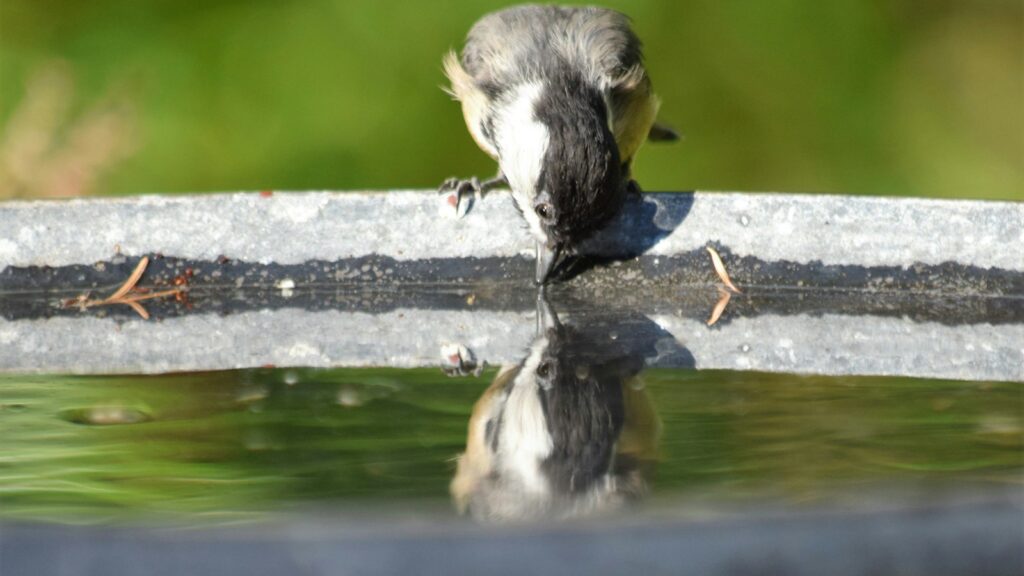
Conservation efforts focused on water provision often yield more immediate benefits for bird populations than food-centered approaches. In drought-stricken areas, installing and maintaining water features has been shown to sustain local bird populations even when natural food sources diminish. Urban bird conservation programs find that reliable water sources attract greater species diversity than feeding stations alone, particularly during migration periods. Habitat restoration projects that prioritize hydrological features like vernal pools, seeps, and ephemeral streams create more resilient bird communities than those focusing solely on food-producing vegetation. Large-scale conservation initiatives increasingly emphasize watershed protection as the foundation for bird habitat preservation, recognizing that without healthy water systems, food resource improvements deliver limited benefits. This conservation hierarchy reflects the fundamental importance of water as the cornerstone of avian habitat requirements.
Backyard Birding: Water Features Outperform Feeders
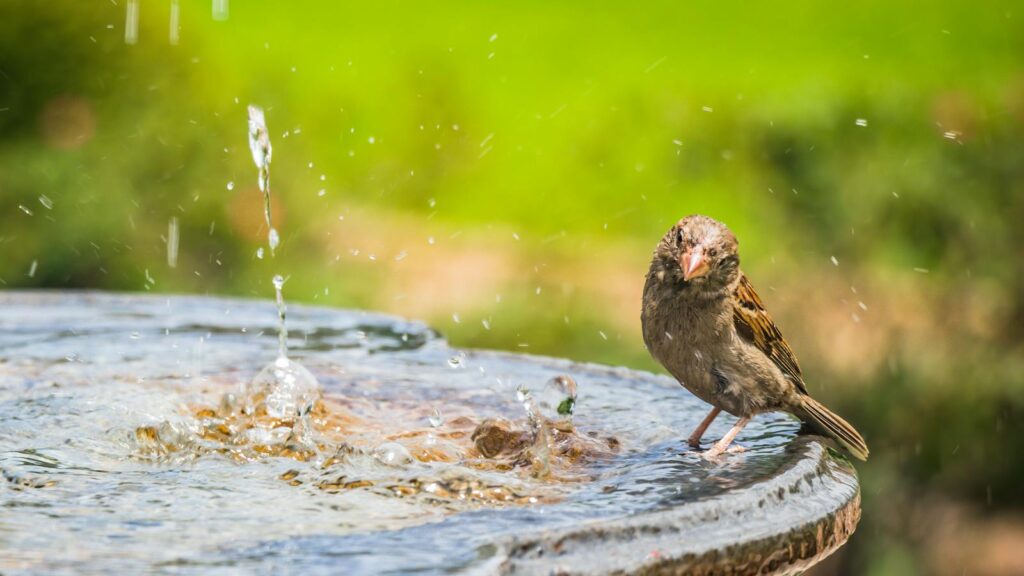
Bird enthusiasts consistently report that adding water features to their yards attracts more species diversity than installing multiple feeding stations. While feeders typically attract a limited range of seed-eating species, water features draw in everything from insectivores to raptors, greatly enhancing backyard biodiversity. During summer months, bird baths and fountains often see continuous activity from dawn to dusk, while feeders may experience usage patterns concentrated at specific times of day. Moving water features like drippers or small fountains prove especially attractive, drawing attention from species that rarely visit static water sources or feeding stations. Interestingly, birds will often visit yards with water features year-round but may only frequent feeding stations seasonally, demonstrating water’s consistent appeal across changing conditions and seasonal needs. This observation from citizen scientists provides practical evidence of water’s primacy in attracting and supporting avian visitors.
Conclusion
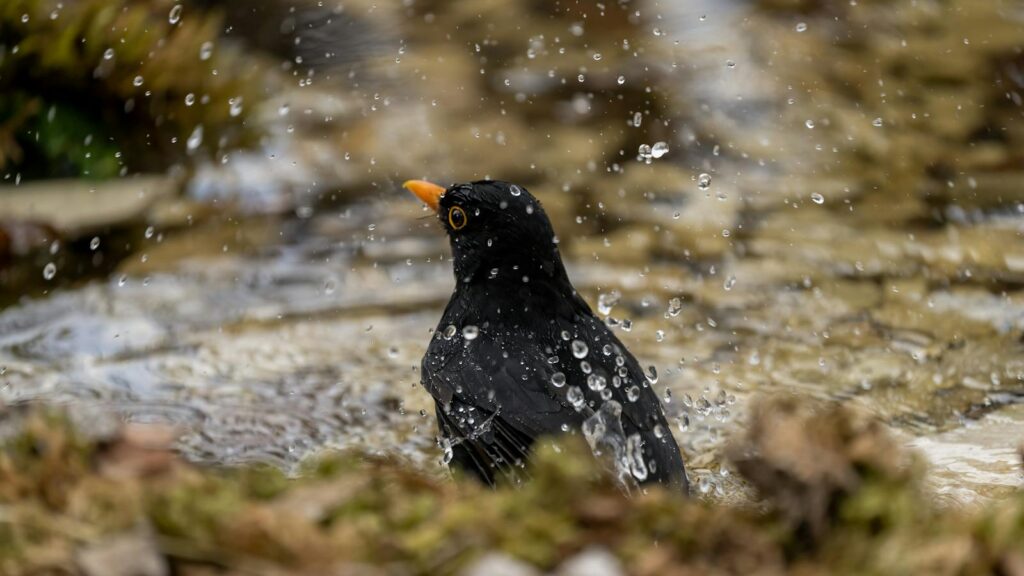
The relationship between birds and water represents one of nature’s most critical dependencies. While food certainly plays an essential role in avian survival, water’s multifaceted importance to birds’ physiological functions, temperature regulation, breeding success, and overall survival makes it the more fundamental resource. This hierarchy becomes particularly evident during extreme conditions, when birds will prioritize water access over food availability. For bird enthusiasts, conservationists, and researchers alike, understanding this crucial relationship helps guide more effective support strategies for these remarkable creatures. By ensuring birds have access to clean, reliable water sources, we address their most fundamental need and contribute significantly to their wellbeing and conservation. In the complex web of resources birds require, water truly stands as the irreplaceable foundation upon which all other needs depend.
